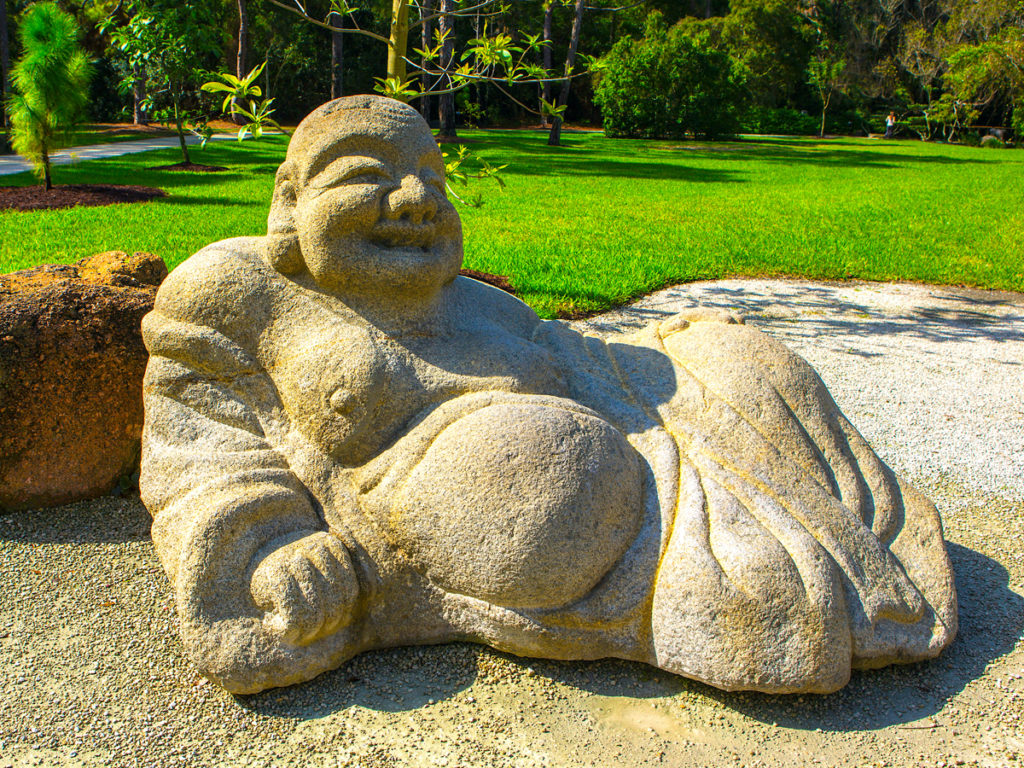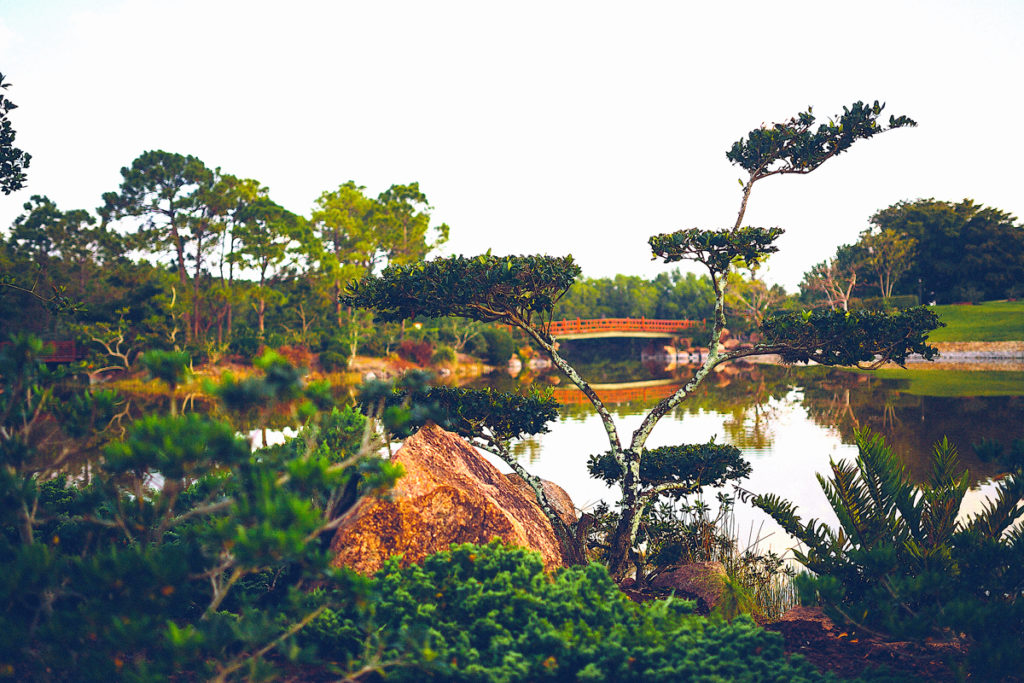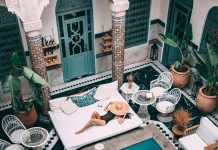With the “Year of the Tiger” upon us, adventure and nature will reign supreme — an Earthly synergy that defines the very core of Morikami Museum & Japanese Gardens. In the early 1900s, a group of young Japanese farmers arrived to what is now northern Boca Raton to form an agricultural village they named Yamato, an ancient word for Japan. Nearly two decades later, after realizing their farming efforts were ultimately unsustainable in South Florida, many of them returned home. It wasn’t until 1977 that one of the last remining settlers, George Sukeji Morikami (who was in his 80s at the time!), donated the land to Palm Beach County as a living monument in memory of the members of the original Yamato colony. The Morikami Collections house more than 7,000 Japanese objects and artifacts, including a 500-piece collection of tea ceremony items and hundreds of textile and fine art pieces. The 16 acres that surround the museum buildings include walkways that meander through rock gardens, over bridges and around lakes, with hidden pathways opening up to nature trails, bamboo forests, bonsai collections and ponds teeming with koi, birds, iguanas and other wildlife. If you’re *lucky* you may even spot an alligator or two!; Morikami.org.
Popular
Inner Canvas
In the quiet elegance of the De La Cruz Family Private Collection in Key Biscayne, the lines between muse and masterpiece dissolve. Draped in silky textures that echo the rich tones of the walls, the model moves — nostalgic, timeless and eternal. Each frame captures her presence among the storied canvases, as if she were painted into a world where art is not just displayed — it is embodied.














